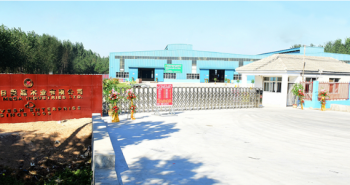A typical plywood panel has face veneers of a higher grade than the core veneers. The principal function of the core layers is to increase the separation between the outer layers where the bending stresses are highest, thus increasing the panel’s resistance to bending. As a result, thicker panels can span greater distances under the same loads. In bending, the maximum stress occurs in the outermost layers, one in tension, the other in compression. Bending stress decreases from the maximum at the face layers to nearly zero at the central layer. Shear stress, by contrast, is higher in the center of the panel, and zero at the outer fibers.
Applications
Floors, Walls and Roofs in house Constructions
Wind Bracing Panels
Vehicle Internal Body Work
Packages and Boxes
Scaffolding Materials
Birch Plywood Grading:
Premium (Highest Grade) – B/BB
Recommended for surfaces to be lacquered.
Light and uniform outlook with face veneer made of one sheet.
Some healthy knots (diameter up to 12 mm) are permitted as is slight variation in colour.
Does not contain plugs or surface joints.
Superior Grade – S/BB
Recommended for surfaces to be lacquered/painted with non-transparent paint.
A good, uniform grade. Some sound knots (diameter up to 20 mm) and a limited number of other knots (diameter up to 8 mm) are permitted.
Discolouration is permitted.
Up to 4 plugs are allowed on the goods face of the sheet.
Standard – BB/BB
A grade most used in technical application where sound surface is needed.
Wooden plugs are used on surface veneer.
In addition, minor surface defects are repaired with synthetic filler.
A few sound knots (diameter up to 25 mm) and other knots (diameter up to 6 mm) are permitted.

